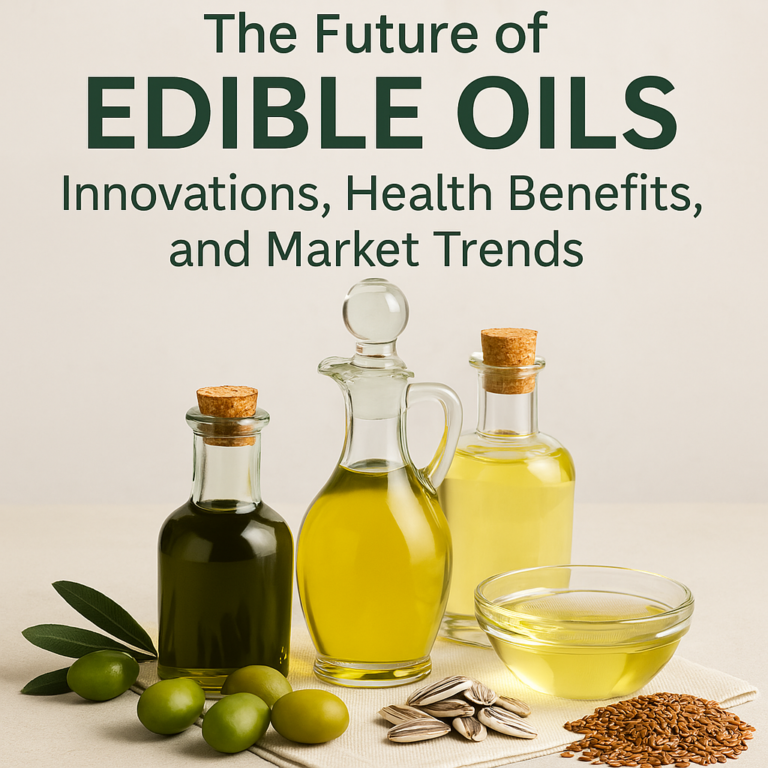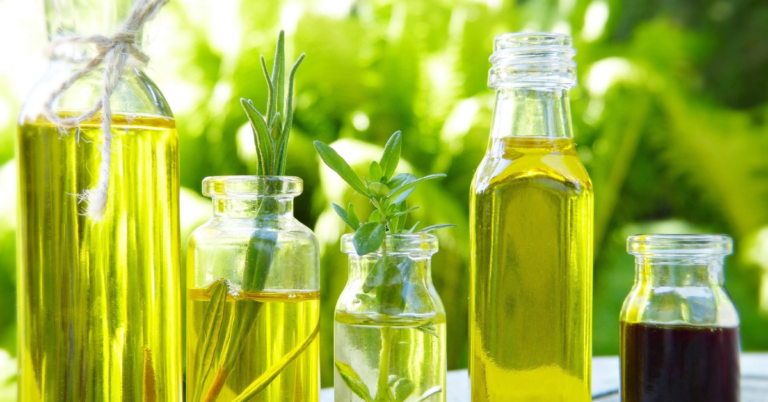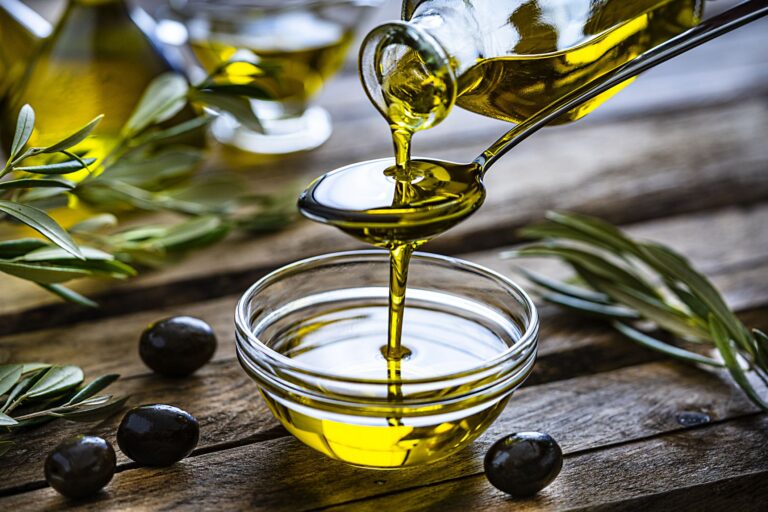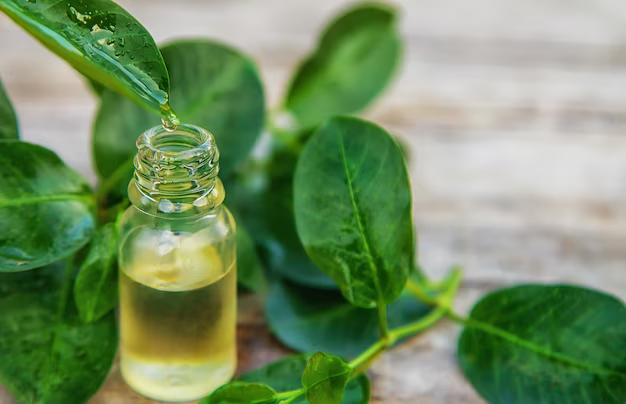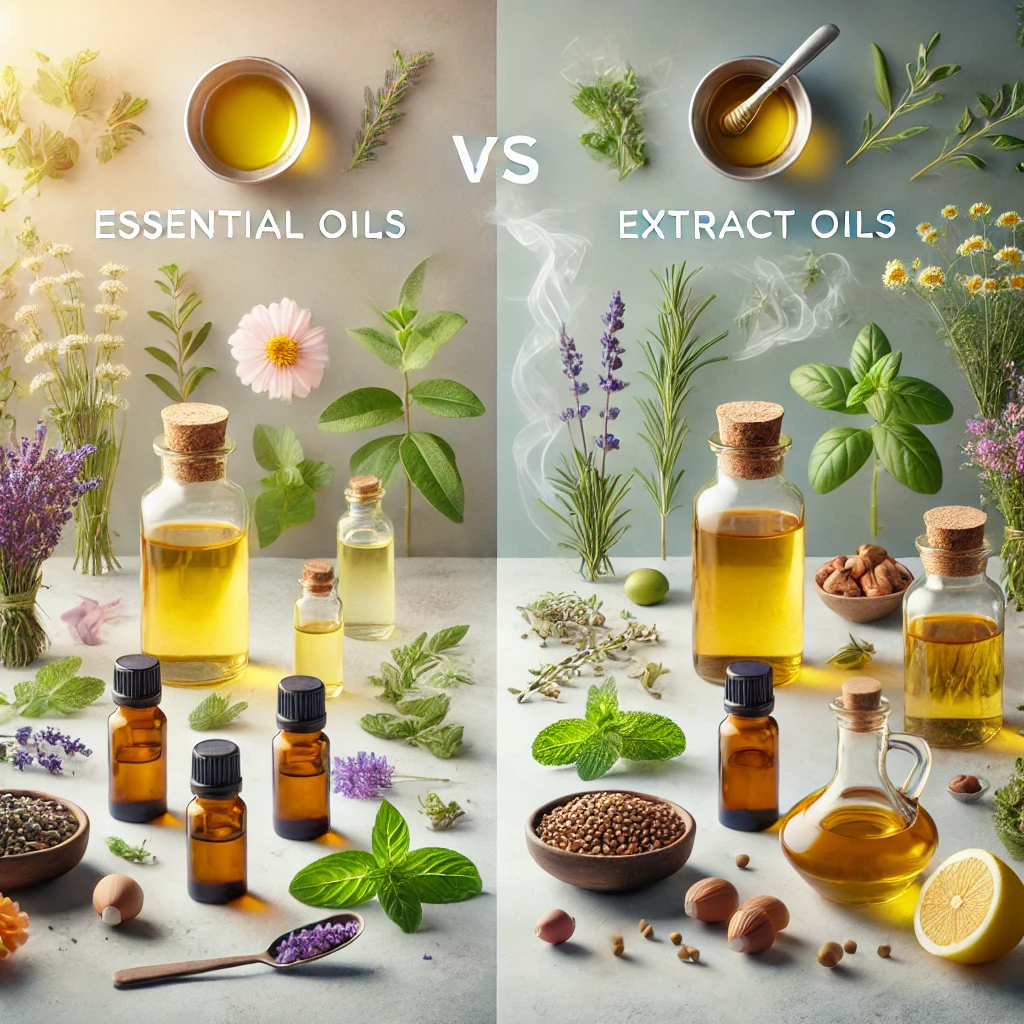
Let’s Begin with a Story
Imagine this: you’re walking through a cozy farmers’ market on a sunny Saturday morning. There’s a stall where someone is demonstrating how to make a lavender essential oil using a small distillation kit. The aroma is captivating. Just a few steps away, another vendor offers freshly pressed almond oil, calling it an “extract oil.” You wonder, aren’t both oils just… oils? Why does one cost five times more than the other? And which one is better for your needs? If you’ve ever faced this confusion, you’re not alone. Understanding the difference between essential oils and extract oils is like peeling an onion – there are layers to uncover.
Let’s dive into the nuances and clear the air (pun intended).
What Are Essential Oils?
The Basics
Essential oils are concentrated, volatile compounds extracted from plants. They capture the plant’s natural essence – its aroma, flavor, and therapeutic properties. Unlike regular oils, they’re not oily to the touch. They evaporate quickly and have potent properties that can be used for aromatherapy, skin care, and even cleaning.
How Are They Made?
Most essential oils are created through steam distillation. For example:
- Lavender essential oil: It takes about 250 pounds of lavender flowers to produce one pound of lavender oil.
- Rose essential oil: Nearly 10,000 pounds of rose petals are needed to extract just one pound of oil.
This is why essential oils often come in small bottles and carry a hefty price tag.
Applications
Essential oils are celebrated for their therapeutic uses:
- Aromatherapy: Eucalyptus oil is popular for clearing sinuses, while peppermint can invigorate your senses.
- Skincare: Tea tree oil works wonders for acne, and lavender oil is soothing for burns and irritation.
- Mental health: Studies show that inhaling certain essential oils like bergamot can reduce stress levels by 20% (Source: Journal of Complementary and Integrative Medicine).
What Are Extract Oils?
The Basics
Extract oils, often called carrier or edible oils, are derived from seeds, nuts, or fruits. Unlike essential oils, they are heavier, non-volatile, and usually meant for cooking or skin care. They include oils like olive oil, coconut oil, and mustard oil.
How Are They Made?
Extract oils are obtained through methods like cold pressing or solvent extraction. For example:
- Cold-pressed mustard oil: Seeds are crushed without heat to retain nutrients.
- Refined sunflower oil: Undergoes additional processing to remove impurities but may lose some nutrients.
These oils are often part of our everyday diets, and some, like mustard oil, are considered among the most consumed edible oils in many regions.
Applications
Extract oils have diverse uses:
- Cooking: Canola and sunflower oil are staples in kitchens worldwide.
- Skincare: Almond oil and coconut oil are popular for moisturizing.
- Industrial Use: Petrochemicals often rely on extract oils as raw materials.
Key Differences Between Essential Oils and Extract Oils
| Feature | Essential Oils | Extract Oils |
| Source | Flowers, leaves, bark | Seeds, nuts, fruits |
| Texture | Light and non-oily | Heavy and oily |
| Extraction Method | Steam distillation, cold pressing | Cold pressing, solvent extraction |
| Uses | Aromatherapy, therapeutic, skincare | Cooking, skincare, industrial |
| Price | High due to concentrated production | Generally affordable |
Health Benefits of Both Oils
Essential Oils
- Stress relief: Lavender oil can lower cortisol levels.
- Immunity booster: Tea tree oil has antibacterial properties.
- Pain relief: Peppermint oil works for headaches and muscle aches.
Extract Oils
- Nutritional value: Mustard oil contains omega-3 fatty acids and antioxidants, promoting heart health.
- Cooking benefits: Sunflower oil, one of the most consumed edible oils, has a high smoke point, ideal for frying.
- Skincare: Almond oil nourishes dry skin and hair.
Environmental Impact of Oil Production
Essential Oils
- Require large amounts of raw materials, leading to potential overharvesting.
- High energy use in distillation processes.
Extract Oils
- Sustainable if sourced responsibly (e.g., cold-pressed oils).
- Industrial refining can cause pollution due to petrochemicals.
Stats Worth Noting
- Over 80% of the global essential oil market is driven by aromatherapy (Source: Grand View Research).
- Edible oil refining contributes significantly to industrial waste, making sustainable practices crucial.
Why Do Prices Differ So Much?
The price rise of edible oils can be attributed to factors like:
- Climatic changes affecting seed production.
- Increased demand in developing nations.
- Costs involved in edible oil refining.
In contrast, essential oils are expensive due to their labor-intensive extraction processes and raw material requirements.
Choosing the Right Oil for You
Here’s how to decide:
- For relaxation and therapy: Go for essential oils.
- For cooking and skincare: Extract oils are your best bet.
- For overall health: Combine both. Use lavender oil for aromatherapy and mustard oil for cooking to enjoy diverse health benefits.
Wrapping Up
Understanding the difference between essential oils and extract oils can help you make more informed choices. Whether it’s about the health benefits of edible oil or the therapeutic properties of essential oils, knowing what goes into your bottle makes all the difference.
So, next time you’re at the farmers’ market or browsing online, ask yourself: which oil aligns with my needs and values? What’s your go-to oil, and why?
